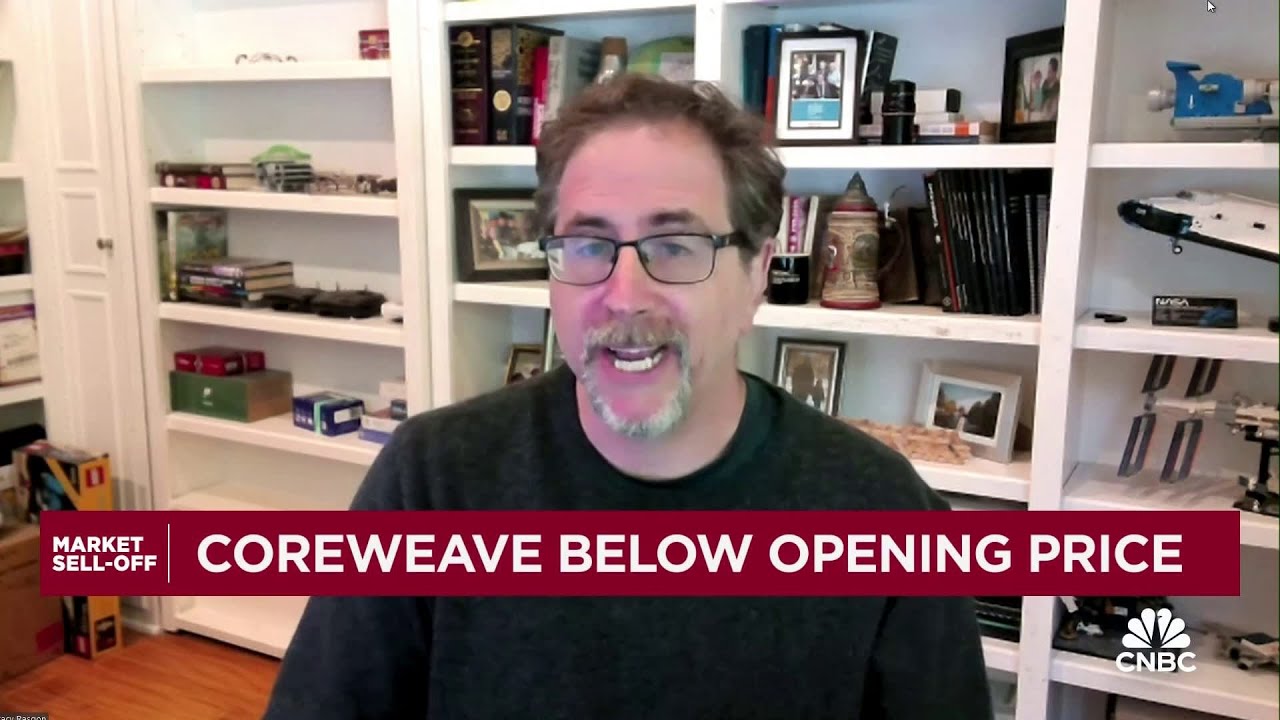Stacy Rasgon, a Senior Semiconductor Analyst at Bernstein, discussed the ongoing demand for AI compute power following DeepSeek’s IPO, emphasizing that despite investor concerns and recent stock declines, companies investing in AI remain optimistic about growth. He noted that while macroeconomic factors may impact overall spending, the competitive landscape in AI suggests a continued rise in demand for GPUs and compute resources, which could thrive even during economic downturns.
In a recent discussion, Stacy Rasgon, a Senior Semiconductor Analyst at Bernstein, addressed the current state of the AI compute sector, particularly in light of the recent IPO of DeepSeek. The conversation highlighted the fluctuating stock prices of companies like Nvidia, which is both an investor in DeepSeek and a supplier of GPUs. Despite Nvidia’s shares experiencing a slight decline, Rasgon emphasized the ongoing demand for compute power, particularly in the AI space, suggesting that the market is still robust despite investor concerns.
Rasgon noted that the AI sector has faced challenges at the start of the year, with many AI-related stocks seeing significant declines after a period of strong growth in 2023 and 2024. He attributed some of this downturn to broader macroeconomic factors, including tariffs and a general de-risking trend among investors. There are also emerging worries about reaching a peak in AI capital expenditures (CapEx) by 2026, which has led to speculation about potential lease cancellations and a slowdown in spending.
Despite these concerns, Rasgon pointed out that the companies actively investing in AI technology do not seem to share the same level of anxiety as investors. He highlighted that the demand for compute power has continued to rise since the launch of DeepSeek, contradicting the notion that advancements in AI models would reduce the need for compute resources. Instead, he argued that cost reductions in technology typically drive increased demand, a trend that has been consistent in the semiconductor industry for decades.
The discussion also touched on Nvidia’s recent GTC event, which Rasgon found to be positive, reinforcing the idea that the demand for AI compute resources remains strong. He acknowledged that while investors are worried about potential declines in CapEx, the actual usage of AI technology continues to grow, with companies engaged in competitive races to enhance their capabilities. This competitive environment suggests that the demand for GPUs and other compute resources is likely to persist.
Finally, Rasgon addressed the broader economic context, noting that semiconductor performance is often a leading indicator of economic health. He suggested that while a recession could impact overall semiconductor spending, investments in AI aimed at improving productivity and reducing costs might prove more resilient compared to discretionary spending. This perspective indicates that the AI sector could continue to thrive even in challenging economic conditions, driven by the need for efficiency and innovation.
